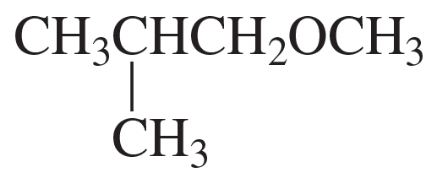Predict the approximate chemical shifts of the protons in the following compounds.
(c) CH3–O–CH2CH2CH2Cl
(d) CH3CH2–C≡C–H

 Verified step by step guidance
Verified step by step guidance Verified video answer for a similar problem:
Verified video answer for a similar problem:



 11:44m
11:44mMaster 1H NMR Chemical Shifts with a bite sized video explanation from Johnny
Start learning